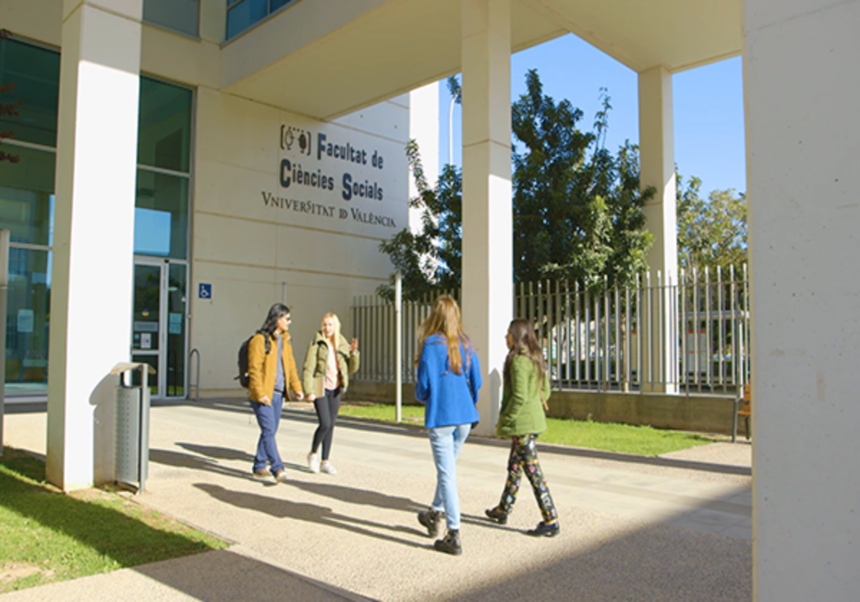
Principal Investigators: Vicente Sánchez-Biosca (Universitat de Valéncia). Rafael Rodríguez Tranche (Universidad Complutense de Madrid).
This research project, funded by the Ministry of the Presidency, Relations with Parliament and Democratic Memory, through grants for activities related to the recovery of the Democratic Memory and the victims of the Civil War and the Dictatorship, aims to clarify the events that took place, as well as their symbolic significance and, above all, their survival in memory, covering eight decades of life of the images and will be manifested in documents for schools, as well as visual material, projects for exhibition spaces, civic centers, or associations, giving rise to conferences and debates.
July 1936. In the midst of the confusion that reigns after the military uprising led by part of the Army and the revolutionary outbreak that the coup triggers in different areas of the country, a group of militiamen goes to the Cerro de los Angeles, geographical center of the Iberian Peninsula, is aposta forming a firing squad in front of the statue-efigie raised in honor of the Sacred Heart of Jesus and shoots at him as if it were an execution.
The image is captured in a photographic snapshot and a brief film sequence that produce an enormous impact in the national and international press and media, feeding the idea that a "religious persecution" is taking place in Spain.This image will not cease to circulate until the present day. However, neither the content of the image nor its production has been unraveled or studied to date. This suggests that images play a decisive role in the constitution of historical memory, that they condense stories and that they are better remembered than complex and nuanced facts. Hence their plasticity.
This scenario embodied one of the splits in the Spanish people between clericalism and anticlericalism. In 1919, Alfonso XIII consecrated Spain to the cult of the Sacred Heart of Jesus and this public recognition collided with the profanation and subsequent dynamiting of the monument. Inaugurated in 1965 or new monument, it was the scene of acts of reparation during Franco's regime.





